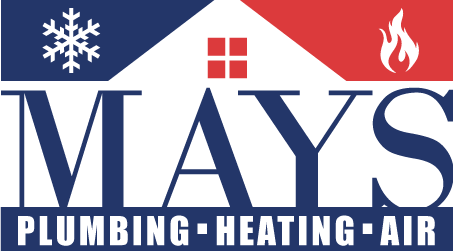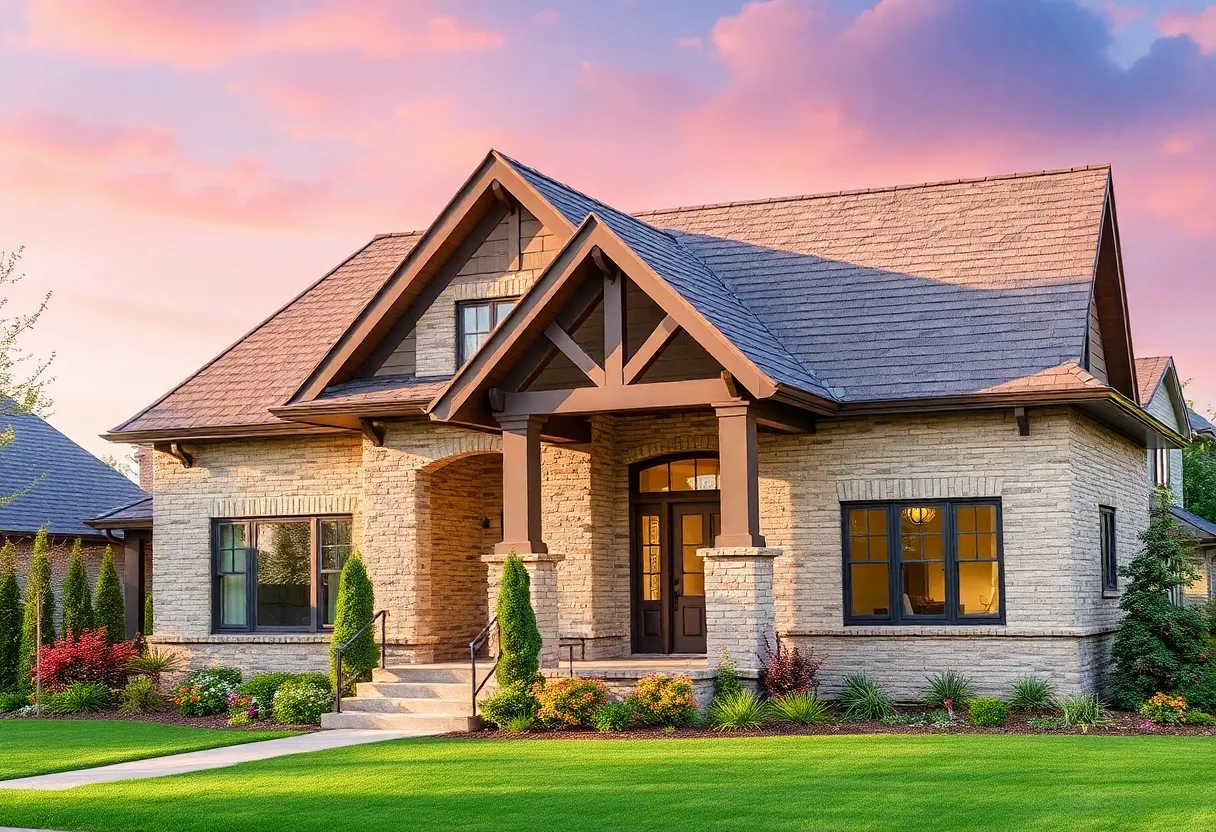How Do I Choose the Right Roof Design for My Home’s Unique Architectural Style?
Choosing the right roof design for your home is an integral part of maintaining its architectural integrity and value. A well-selected roof not only improves the aesthetic appeal but also contributes to the functionality and longevity of your home. This article outlines the critical factors to consider when selecting a roof design that complements your unique architectural style.
Understanding Architectural Styles
The first step in selecting an appropriate roof design is understanding the various architectural styles. Each style has its unique characteristics that influence the choice of roofing materials and shapes. Here are some notable architectural styles:
Traditional
Traditional homes often feature classic, symmetrical designs. These homes may incorporate gabled roofs or hipped roofs, which provide a timeless look. Common materials include asphalt shingles, wood shakes, and tile.
Modern
Modern architecture tends to embrace minimalism and functionality. Flat roofs or low-pitched roofs are common, often made from materials like metal or rubber. Extensive use of natural light through large windows also characterizes modern homes.
Victorian
Victorian architecture is known for its intricate details and ornate features. Steeply pitched roofs, gables, and dormers are typical. Choices may include slate tiles, asphalt, or wood shingles to maintain authenticity.
Cottage
Cottage-style homes typically exude charm and coziness. Roofing options may include thatch, wood shakes, or asphalt shingles, often with a gable or a combination of gables for added character.
Matching Roofs with Architectural Styles
Once you have a grasp of different architectural styles, you can strategically evaluate how a roof design complements these styles. Here are vital aspects to consider:
Materials
The roofing material should harmonize with your home’s style. For instance:
- Modern homes may use sleek metal roofing.
- Traditional homes often prefer asphalt shingles for their durability.
- Victorian styles may benefit from the historic look of slate.
- Cottagetypically using wood or thatch for a rustic appearance.
Shape and Structure
The shape of the roof significantly impacts aesthetic appeal. Different shapes suggest various architectural features:
- Gable roofs add height and ventilation, ideal for traditional and cottage homes.
- Hipped roofs provide stability and weather resistance, aligning well with modern and Victorian styles.
- Flat roofs are quintessential for modern homes, enhancing their minimalist design.
Color Palette
The color of your roofing material should complement the overall color scheme of your home. Neutral colors often suit a range of styles, while vibrant hues can emphasize the unique features of your architectural design. For example:
- Earthy tones work well with cottage and traditional styles.
- Grays and whites suit modern architecture nicely.
- Rich colors can enhance the whimsical nature of Victorian homes.
Consider Functional Requirements
While aesthetics are vital, it is essential also to weigh functional needs when choosing a roof design. Here are some factors to consider:
Climate
Your region’s climate plays a crucial role in the type of roofing you should choose:
- In areas with heavy snowfall, a steeper pitch is ideal to shed snow efficiently.
- Coastal regions may benefit from resistant materials like metal to withstand harsh winds.
- Hot climates often necessitate reflective materials to reduce heat absorption.
Durability
Investing in long-lasting materials minimizes the need for frequent repairs. Assess the life expectancy of various roofing materials, and consider maintenance costs. Metal roofing, for instance, offers durability and is low maintenance compared to wood roofing, which requires regular upkeep.
Energy Efficiency
Energy-efficient roofing options can reduce energy costs significantly. Consider roofing materials that provide insulation, or reflective coatings that deflect heat. This is particularly crucial for homeowners in warmer regions seeking to minimize air conditioning expenses.
Local Regulations and HOA Requirements
Local building codes and homeowners association (HOA) guidelines often dictate acceptable roofing materials and designs. Conducting thorough research ensures compliance while allowing you to make informed design choices.
Permits
Before any roofing renovation, check with local authorities to determine if permits are necessary. Non-compliance can result in fines or complications when selling your home.
HOA Restrictions
If you live in a neighborhood governed by an HOA, familiarize yourself with any specific restrictions on roof styles, materials, and colors. Understanding these limitations will ensure your choices are feasible.
Consulting Professionals
Consulting with roofing professionals can further refine your choices. They offer insights based on their experience and expertise:
Roofing Contractors
Roofing contractors can provide specific recommendations based on your chosen architectural style. They can help create a balance between the aesthetic appeal and functional requirements of your roof design.
Architects and Designers
If you are building a new home or undergoing a significant renovation, architectural professionals can help design a cohesive look for your home. They consider both aesthetics and factors like zoning regulations when recommending roof designs.
Financing Your Roof Project
Financial considerations are essential in the roofing decision-making process. Here are some financial aspects to evaluate:
Cost of Materials
The cost of roofing materials can vary significantly. Luxury choices like slate or copper will have a higher upfront cost, while more economical options like asphalt shingles can help you stay within budget.
Long-Term Investment
Consider your roof as a long-term investment. Higher upfront costs for durable materials may lead to savings in the long run through reduced maintenance and energy costs.
Conclusion
Choosing the right roof design for your unique architectural style is a multifaceted process that requires careful consideration of aesthetics, functionality, and long-term investment. By understanding your home’s architectural style, evaluating the climate, consulting professionals, and navigating local building regulations, you can select the most appropriate roofing design. This strategic approach will not only enhance your home’s curb appeal but also ensure its functionality, energy efficiency, and longevity.
Author: STAFF HERE CLINTON
The CLINTON STAFF WRITER represents the experienced team at HEREClinton.com, your go-to source for actionable local news and information in Clinton, Laurens County, and beyond. Specializing in "news you can use," we cover essential topics like product reviews for personal and business needs, local business directories, politics, real estate trends, neighborhood insights, and state news affecting the area—with deep expertise drawn from years of dedicated reporting and strong community input, including local press releases and business updates. We deliver top reporting on high-value events such as the Festival of Discovery, Clinton Community Day, and performances at the Whitten Center Amphitheater. Our coverage extends to key organizations like the Clinton Area Chamber of Commerce and the Laurens County Historical Society, plus leading businesses in manufacturing and education that power the local economy such as Milliken & Company and Presbyterian College. As part of the broader HERE network, including HEREAiken.com, HEREBeaufort.com, HEREChapin.com, HERECharleston.com, HEREClinton.com, HEREColumbia.com, HEREGeorgetown.com, HEREGreenwood.com, HEREGreenville.com, HEREHiltonHead.com, HEREIrmo.com, HEREMyrtleBeach.com, HERENewberry.com, HERERockHill.com, and HERESpartanburg.com, we provide comprehensive, credible insights into South Carolina's dynamic landscape.




 Mays Contracting
Mays Contracting

